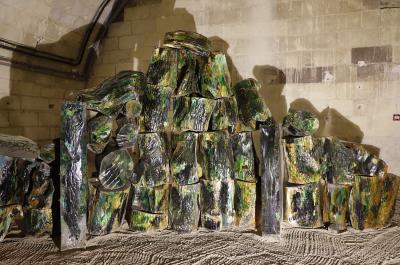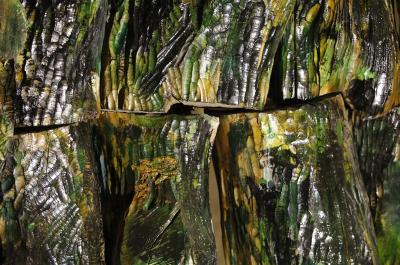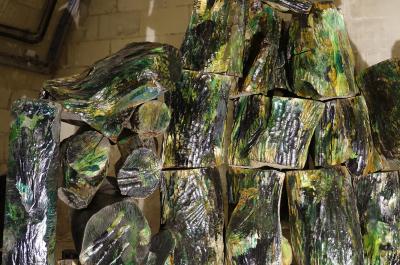A. Côme Mosta-Heirt
"Portes"
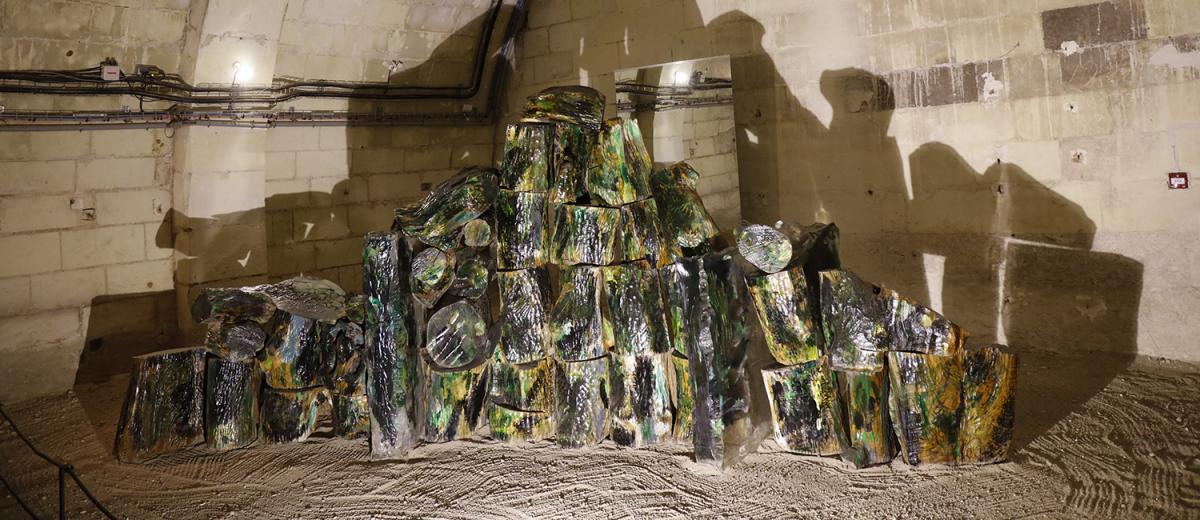
Initially intent on becoming a poet, Côme Mosta-Heirt became neither a painter nor a sculptor. He is a visual artist who rejects the idea of installations: “they’re for bathrooms”, he jokes. Instead, his work questions the relationship between painting and sculpture, above all in space. His method consists of arranging volumes of coloured wood. Before they are allotted their places, it is as if they did not exist. His art is a continuous hesitation that is resolved in action, in doing. He uses a band saw to cuts lengths of wood of various sizes, working in random fashion to produce unexpected angles: almost a form of automatic writing. He then assembles them in the simplest possible way, just as they come, and applies successive coats of paint, using varnish from the first coat onwards, resulting in a very dark colour rendition. His exploration of space through paint has led him to produce geometrical shapes that he calls “jambs” and “structures”, modules akin to branches or living ramifications.
Côme Mosta-Heirt’s Portes (Doors), presented this year in Château ’s wine cellar, were inspired by his observation of Étretat Bay, which is framed by two limestone cliffs resembling his “jambs”: the Porte d’Amont (Upstream Door) and the Porte d’Aval (Downstream Door).
The artist has used two blocks of Altuglas, a recyclable transparent acrylic glass, to which he has added his preferred medium, wood, to form a pyramid composed of 44 pieces. The complete structure covers a surface area of 6.5 x 2.5 metres. The blocks of Altuglas act as two giant lenses that reflect the wood’s carefully worked colours: fifteen different shades of greens (emerald green, bottle green, gunmetal green, British Racing Green, Veronese green and olive green among them). The ensemble is enhanced by coats of matt and gloss varnish, which give the work an appearance of infinite nobility.
BIOGRAPHICAL NOTES

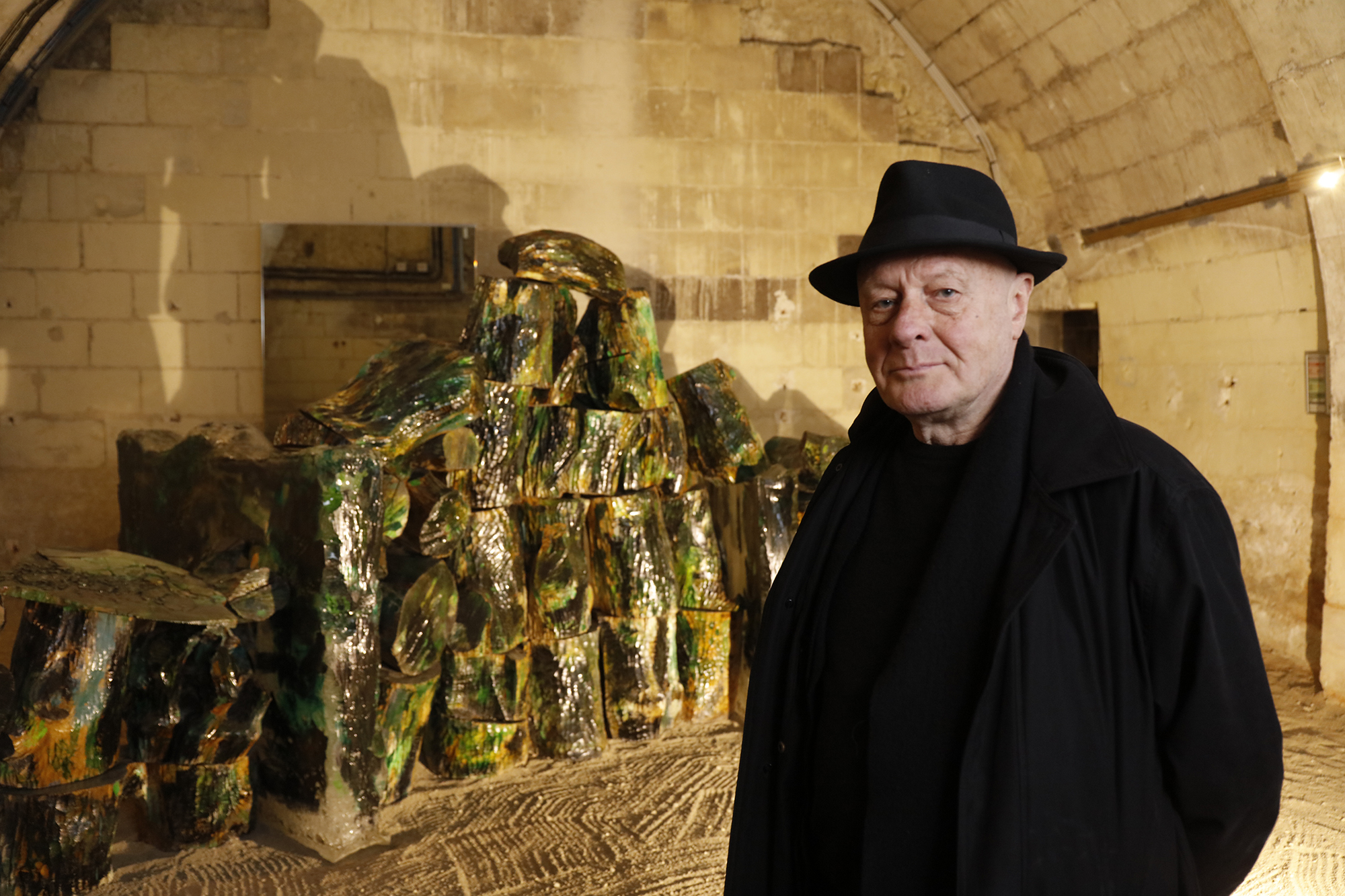
Born in Le Havre in 1946, Côme Mosta-Heirt now lives and works in Paris and Étretat.
After studying Fine Arts at the Sorbonne and École du Louvre, he held his first exhibition in 1970, on the premises of an antique dealer friend of his, Jacques Bonnefoux, in Paris.
His meeting with François Matey, curator at the Museum of Decorative Arts, was a turning point. Matey arranged for him to give a series of lectures on contemporary art and encouraged him to become an artist.
Alongside numerous trips to New York, where he met such artists as Robert Rauschenberg, Richard Serra and Daniel Buren, he has held regular exhibitions at the Éric Fabre Gallery in Paris since 1974.
